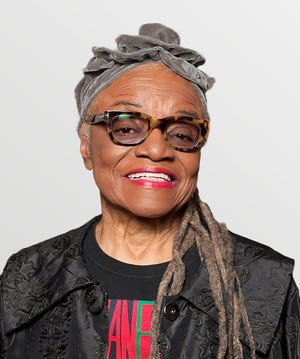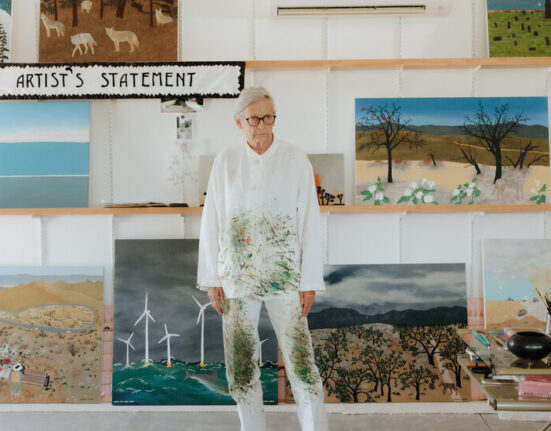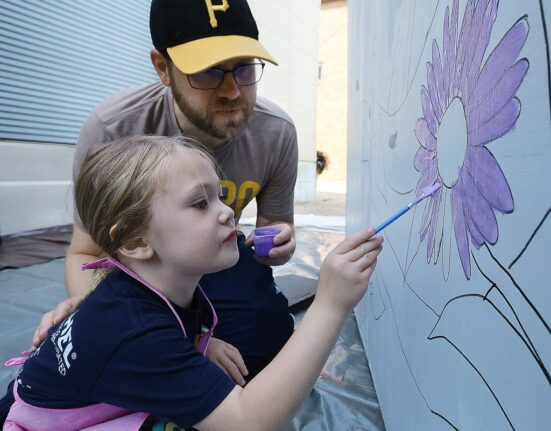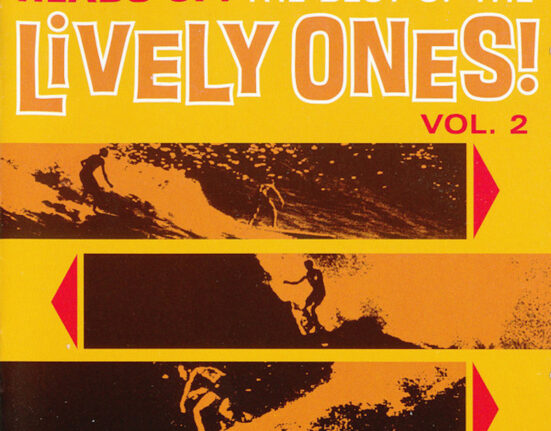The New Yorker magazine has its own artists. And those artists have their own peerless platform — The New Yorker cover.
Peter Arno, Saul Steinberg, William Steig, Charles Addams, Roz Chast, James Thurber are among the draftsmen and -women, through the decades, who have been given this showcase.
It’s rare that the magazine has gone outside its own talent pool for talent. And it’s rare that The New Yorker has repurposed old material for its cover — unless you count Eustace Tilley, the monocled dandy who reappears, in one form or another, every February.
“Exceedingly rare,” said David Remnick, editor of The New Yorker since 1998 — who nevertheless made the choice to put “Sonny’s Bridge, 1986,” a reproduction of a painted quilt by Faith Ringgold, on its May 6 cover. Ringgold, an Englewood resident, died April 12 at age 93.
The May 6 cover is a singular tribute. Almost unheard of in the history of the celebrated magazine, which will mark its 100th anniversary next year. Most New Yorker covers, Remnick said, are created specifically for them.
Need a break? Play the USA TODAY Daily Crossword Puzzle.
“Usually the way it works is we receive sketches from an artist, or ideas from an artist, and then maybe we move forward and commission it,” said Remnick, a Bergen County resident. “It will happen in a variety of ways. But it’s very, very rare that someone will die and then we’ll reach out to the estate or the gallery.”
Something personal
But Ringgold, the trailblazing African American artist whose “narrative quilts” and other pieces are in the permanent collections of the Met, The Museum of Modern Art, The Whitney, and The Guggenheim, and whose children’s books like “Tar Beach” are on many a playroom shelf, was a special case.
In fact, for Remnick, it was personal.

“It’s very simple: I adore Faith Ringgold’s work,” he said. “Not only because I read ‘Tar Beach’ to my kids about 3,000 times. I also admire her myself. I admire her vision. When I saw she had passed away, I asked our covers editor to see if there were any images that we could use as a cover image, and we looked through six or seven of them. We loved the image of Sonny Rollins on the Brooklyn Bridge. It worked for us.”
Famously, Ringgold had a thing about bridges. The Bay Bridge, Golden Gate Bridge, George Washington Bridge figured in several of her pieces. A series she did was called “Woman on a Bridge.”
Symbol of a city
But there’s one artist even more associated with bridges: saxophonist Sonny Rollins. When it was reported, in 1961, that he practiced on the Brooklyn bridge, it captured the public imagination.
Actually, Rollins had been going to the Williamsburg Bridge; the writer wanted to keep his rehearsal spot a secret. But either way, the lone jazzman on the bridge became part of New York mythology — often referenced, often parodied. Even Lisa Simpson played a saxophone on a bridge.
In “Sonny’s Bridge,” Ringgold incorporates both bridges into the image: a tip of the hat to the myth and the reality.
And either way, it’s a quintessential New York picture — perfect for the quintessential New York magazine. And the perfect way to pay tribute to Ringgold, a New York native.
“First, it’s a beautiful image,” Remnick said. “And secondly, it honors her, a beautiful person.”






